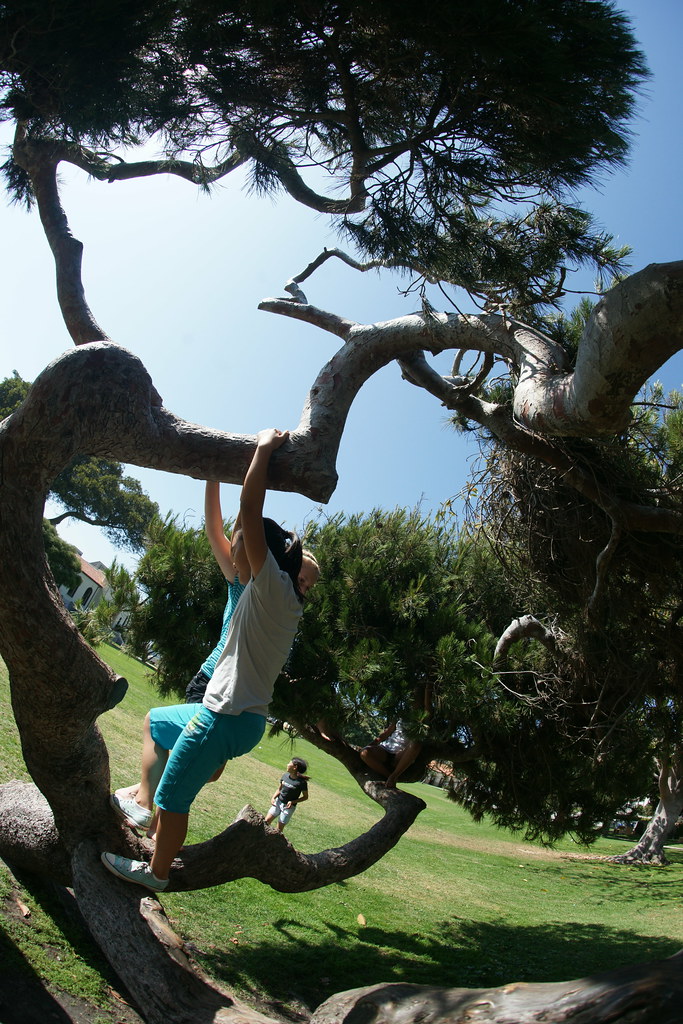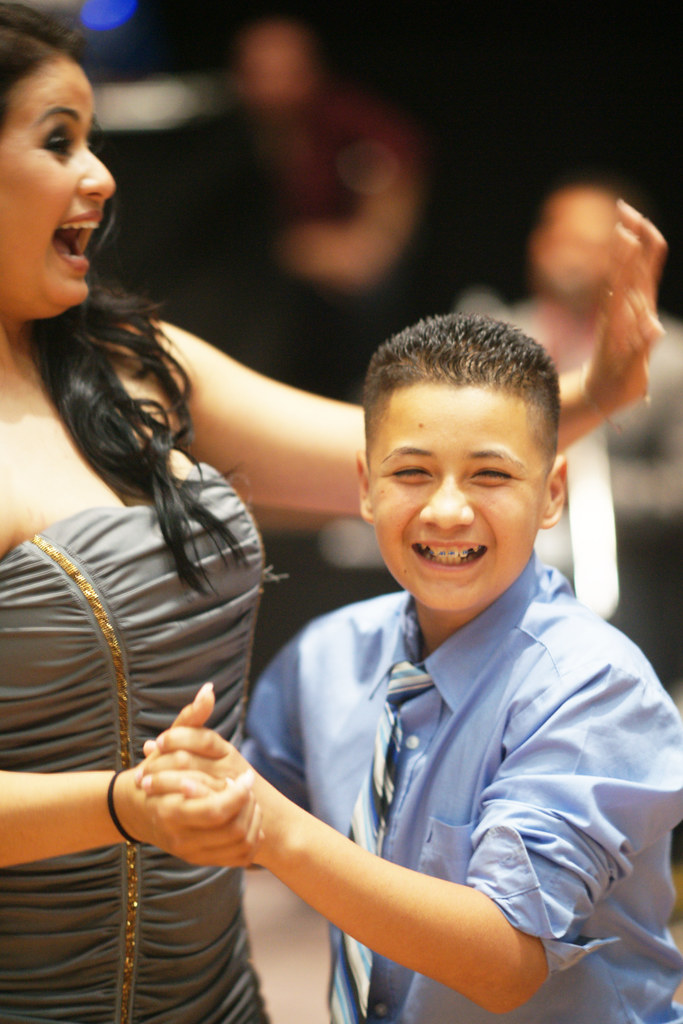
At the risk of anthropomorphizing these noble creatures, elephants have been observed expressing what can only be described as real emotion: Tremendous communal joy at the birth of a baby elephant, days of grief at a death, happiness and excitement at family reunions, and compassion when a calf is born prematurely. Elephants also exhibit rage: Charging villages, destroying crops and endangering people, without, it appears, immediate provocation. Anger exhibited by the matriarch will manifest in rage in the entire herd. ("Happy mother, happy home" - you've heard that, right? Probably experienced it as well, ne c'est pas?) Some researchers believe elephants are experiencing a "species-wide" rage, a traumatic stress disorder resulting from decades of killing, habitat loss and climate change. Mr. Martin has painted this mural some 9,000 miles from the nearest wild elephant in the hopes of bringing attention to the plight of our earthly co-citizens.
Elephants are also immensely maternal. Baby elephants are tiny compared to their mothers and walk underneath them--remarkably without ever getting stepped on. Mother and child remain in constant touch, the calf grasping the mother's tail and the mother continually caressing the calf with her trunk. Bonds between mother and daughter elephants have been observed to last well over 50 years. Speaking of which, this here is Damon Martin's mother: 75 years old, sitting on the hard concrete in the hot Los Angeles sun, doing touch-up work. Perhaps elephants are not the only ones to form long and strong maternal bonds.

See PBS Nature for more information.














